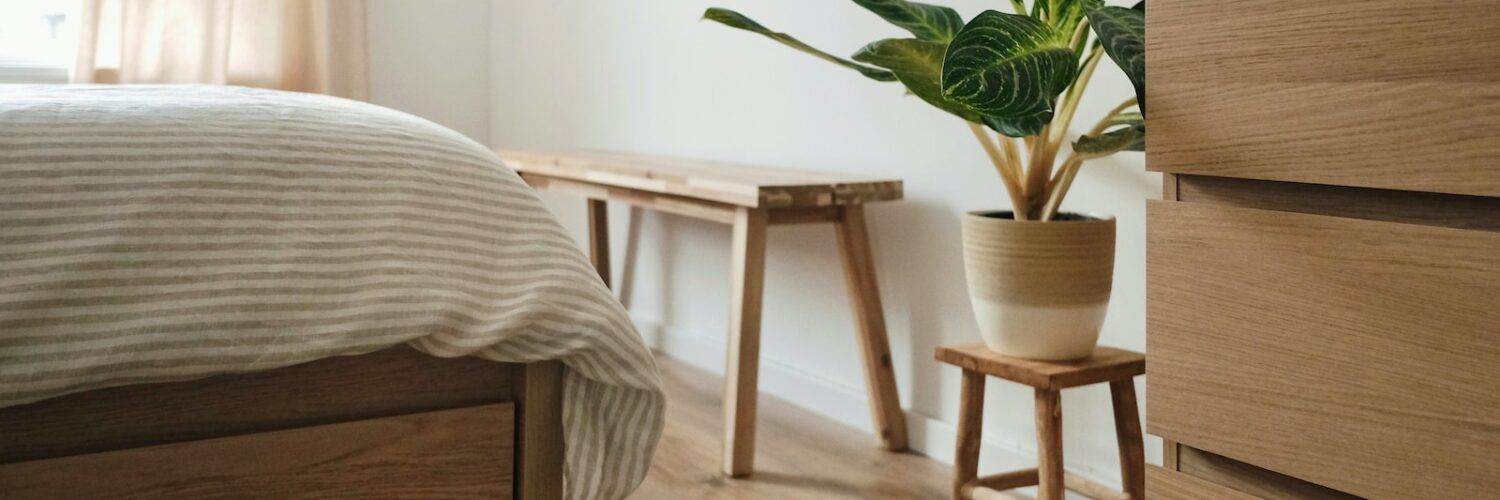What characterizes classic Scandinavian Design? The trend explained.
Scandinavian design is a minimalistic and functional style that emerged in the Nordic countries during the 20th century. It is characterized by clean lines, simplicity, and functionality, with an emphasis on natural materials and light colors. In this blog post, we will explore what makes Scandinavian design so unique.
“Less is more in Scandinavian design. It’s all about creating a clean, uncluttered look.”
Table of Contents
- Functionality
- Simplicity
- Natural Materials
- Light Colors
- Hygge
- Five examples of classic Scandinavian design
- How to implement Scandavian Design concepts in your own home
- Embracing Simplicity: The Timeless Allure of Scandinavian Design
Functionality
One of the most important characteristics of Scandinavian design is its focus on functionality. The design is created around a purpose and every element serves a specific function. This approach to design ensures that there are no unnecessary elements or decorations, thus creating a simple yet effective solution to any problem.
Functionality is at the core of Scandinavian design. The beauty lies in simplicity and practicality, where every element serves a purpose and form follows function.
The goal is to create designs that are aesthetically pleasing while also serving a specific function and solving problems in people’s lives. This approach has made Scandinavian design popular around the world and has influenced many other designers and design movements.
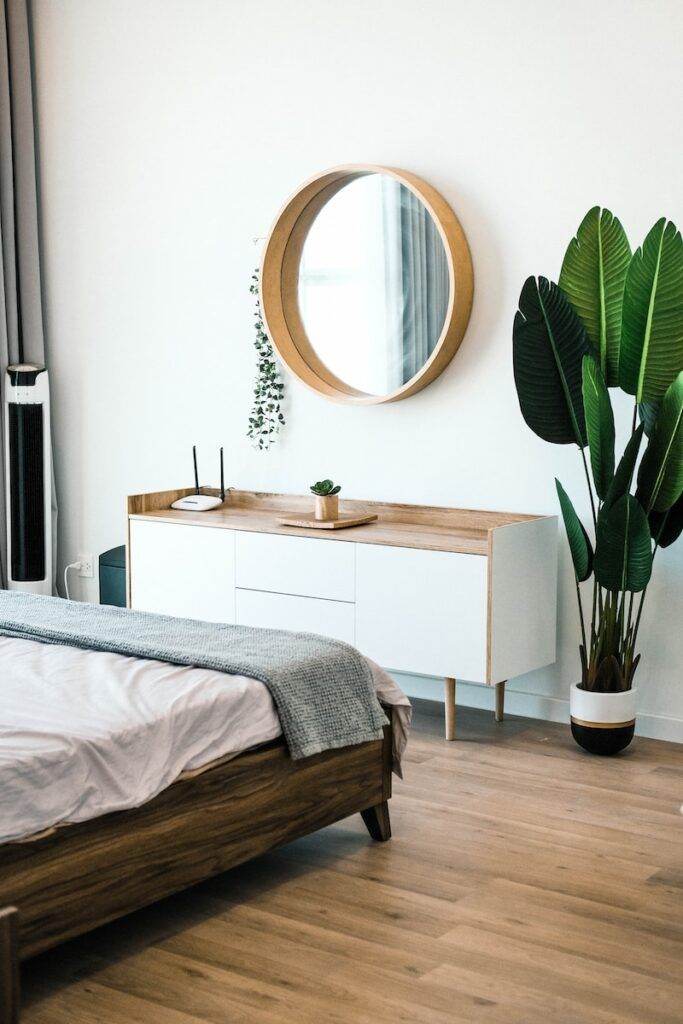
Simplicity
Simplicity is another crucial feature of Scandinavian design. The style relies on clean lines and basic shapes to create a minimalist aesthetic that is both elegant and understated. The use of fewer elements helps to create an uncluttered space that feels calm and peaceful.
“Scandinavian design embraces natural materials such as wood, leather and wool to create warm, inviting spaces.”
Scandinavian designers believe that good design should be accessible to and that it should enhance our daily lives without being overly ornate or expensive. This philosophy has led to the creation of some of the most iconic pieces of furniture and home accessories in the world.
Natural Materials
The use of natural materials such as wood, stone, leather, and wool is also an essential aspect of Scandinavian design. These materials bring warmth and texture to the space while also adding a sense of nature indoors. Additionally, using these materials reinforces Nordic values like sustainability and respect for nature.
“Form follows function in Scandinavian design. Every piece has a purpose and is designed with that purpose in mind.”
Some of the most commonly used natural materials in Scandinavian design include:
- Wood: Scandinavians have a long tradition of using wood in their designs, and many furniture pieces are made from high-quality woods like oak, birch, beech, and teak.
- Leather: Another popular material in Scandinavian design is leather. Leather is often used to cover chairs, sofas or ottomans.
- Wool: Since winters in Scandinavia can be quite cold, wool is a popular material for everything from blankets to clothing. It’s warm, comfortable, and has a distinct texture that adds interest to any design.
- Linen: Linen is another popular natural material used in Scandinavian design. It’s lightweight yet durable, making it perfect for bedding, curtains or tablecloths.
- Stone: Stone such as granite or marble plays a big role in Nordic architecture and interior design. It adds an organic element to homes that blends into nature perfectly.
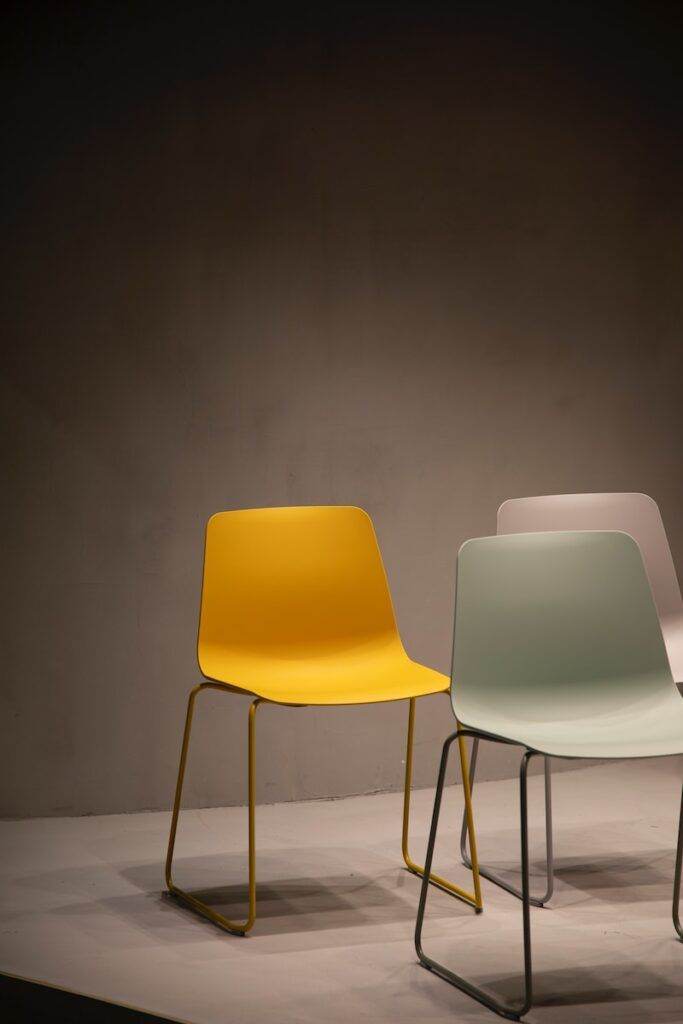
Light Colors
The Nordic countries experience long periods of darkness during the winter months; therefore, it’s no wonder why light colors are so prevalent in Scandinavian design. White walls, muted pastels, and light woods help to reflect natural light throughout the space while also creating a feeling of spaciousness.
“The beauty of Scandinavian design lies in its ability to merge form and function seamlessly.”
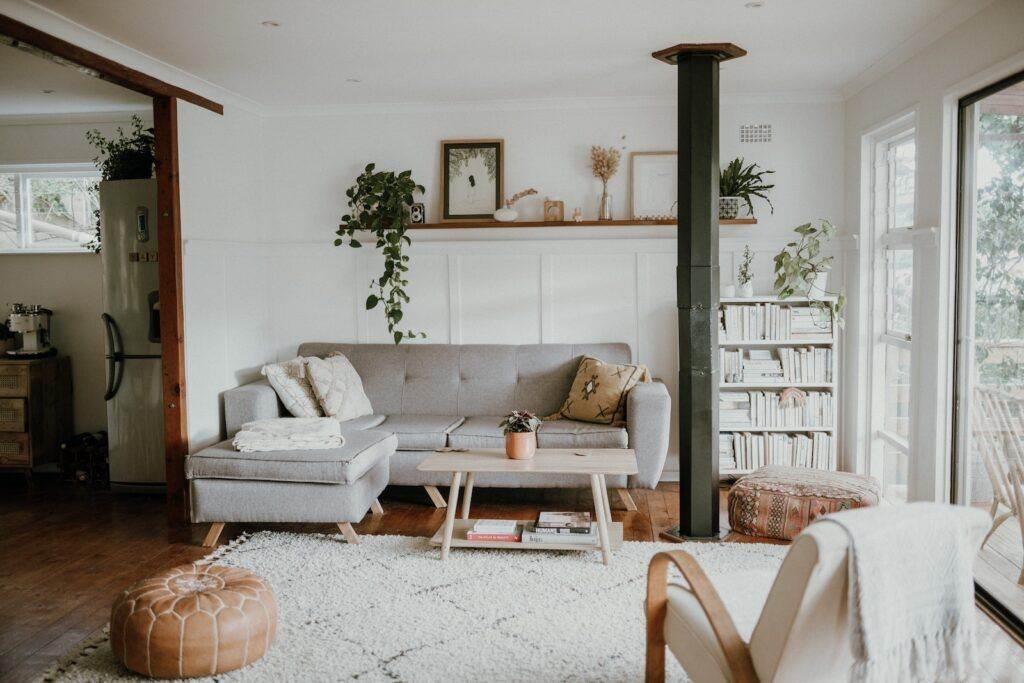
Hygge
Finally, Scandinavian design embodies the concept of “Hygge,” which translates to coziness or comfortability in English. This idea emphasizes creating warm atmospheres through lighting schemes (think candles), soft textures such as throws or pillows on furniture made from natural materials (as previously mentioned).
“Scandinavian design values craftsmanship and quality over quantity.”
In addition to creating cozy interiors, hygge is also about fostering a sense of community and connection with others. This can manifest in shared meals around a communal table or gatherings centered around activities like board games or storytelling.
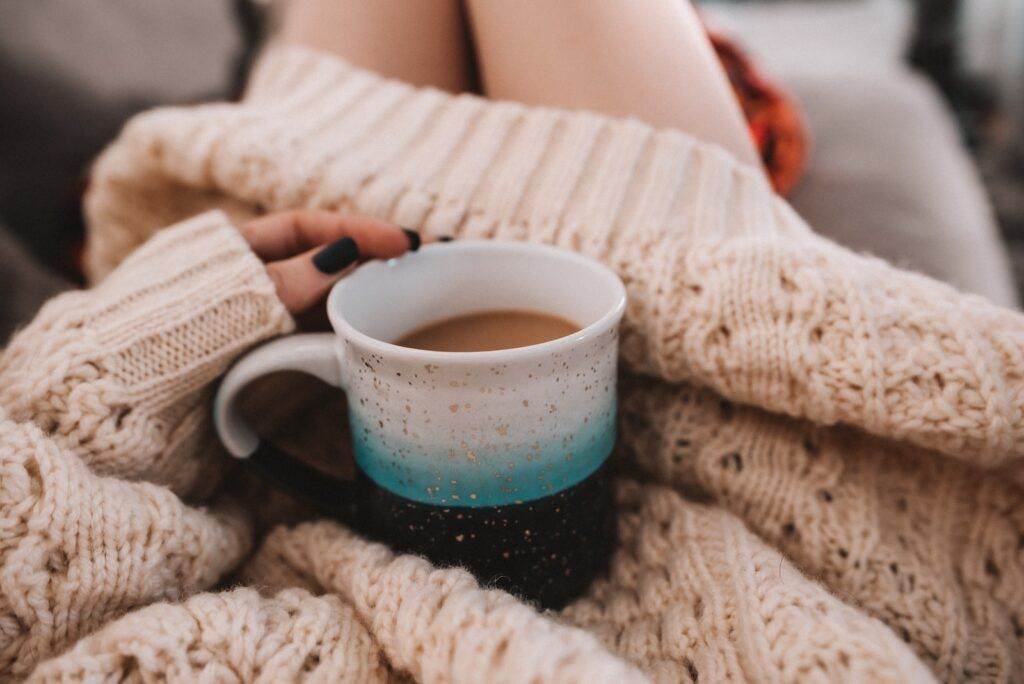
Five examples of classic Scandinavian design
- Egg Chair by Arne Jacobsen: Designed in 1958, this chair is a perfect example of Danish design from the mid-20th century. Its unique shape and comfortable seating have made it an iconic piece in modern furniture
- Kivi Candle Holders by Heikki Orvola: These colorful glass candle holders were designed in the 1980s by Finnish designer Heikki Orvola. They are simple yet elegant, and come in a range of bright colors.
- PH Artichoke Lamp by Poul Henningsen: This lamp was designed in 1958 by Danish architect Poul Henningsen. Its sculptural form and ability to provide both direct and indirect light make it a timeless piece of design.
- Alvar Aalto Vase by Alvar Aalto: Designed in 1936, this vase is one of the most iconic pieces of Finnish design. Its organic form is inspired by the waves of Finland’s many lakes.
- Series 7 Chair by Arne Jacobsen: Another classic piece from Arne Jacobsen, this chair was designed in 1955 for Fritz Hansen. Its lightweight construction and stackability make it a popular choice for homes and offices alike.
- IKEA’s Billy Bookcase: an affordable and versatile shelving unit designed by Gillis Lundgren that has become one of the most popular pieces of furniture in the world.
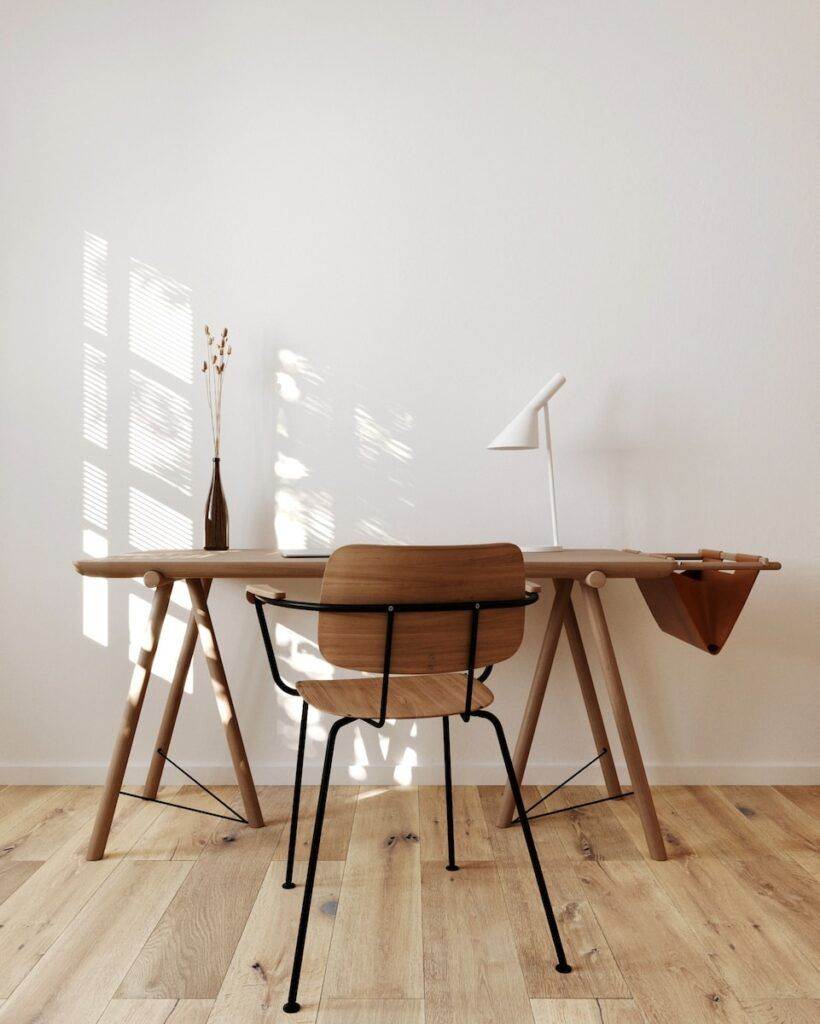
How to implement Scandavian Design concepts in your own home
Scandinavian design is known for its minimalistic approach which means that there are no unnecessary elements in the design. This can help to create a calming and relaxing environment in your home. This is how you can use the Scandinavian Design concepts in your own home.
“The key to achieving the perfect Scandinavian aesthetic is to embrace simplicity while still incorporating elements of warmth and coziness.”
Keep it Simple
Simplicity is key in Scandinavian design. Avoid cluttering your space with too many decorations or furniture pieces. Choose functional items that serve a purpose rather than decorative items that take up space without adding much value.
Let in Natural Light
Natural light is an important element in Scandinavian design. It helps create a bright and airy atmosphere that promotes relaxation. Make sure to keep your windows uncovered or use sheer curtains to allow for plenty of natural light.
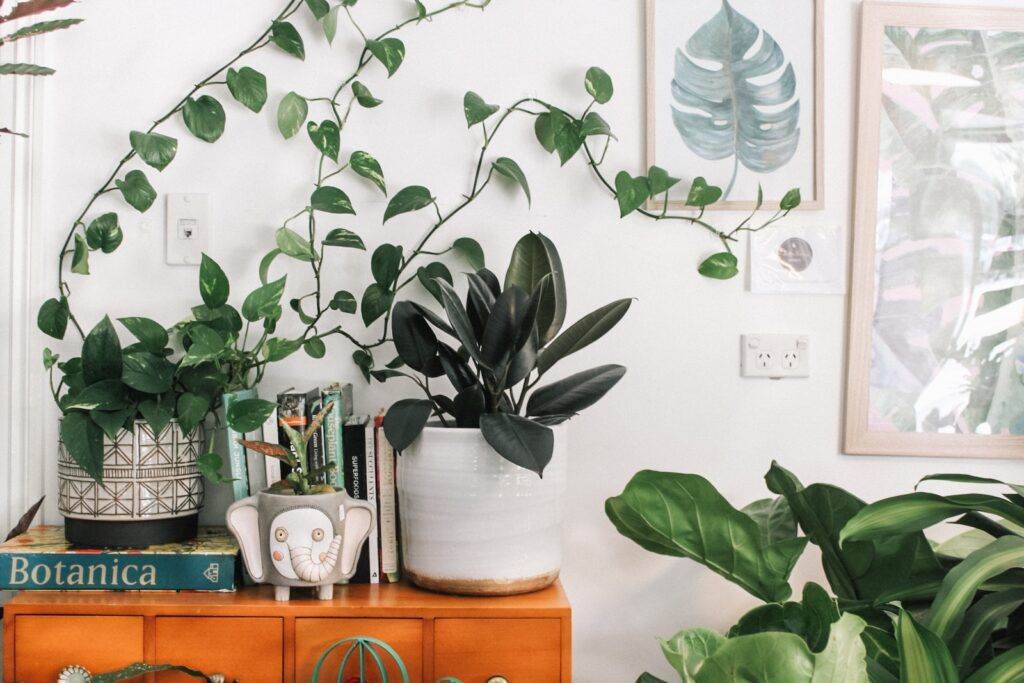
Use Greenery
Adding plants into your living space not only brings life into the room but also adds color without being overwhelming. Choose simple planters made from natural materials such as clay pots or wicker baskets for a cohesive look.
“In a Scandinavian-inspired home, less is definitely more. The focus is on quality over quantity.”
By incorporating these elements into your home decor, you can achieve the clean lines and cozy warmth of Scandinavian design. Remember to focus on simplicity while still using natural materials to bring character and texture into the space.
Embracing Simplicity: The Timeless Allure of Scandinavian Design
Scandinavian design has become a widely recognized movement in the world of interior design. It is characterized by simplicity, functionality, and minimalism, which has given it a timeless quality. The beauty of this design style lies in its ability to create an environment that is both visually appealing and functional at the same time.
“A well-designed Scandinavian interior can create a sense of calm and tranquility in any space.”
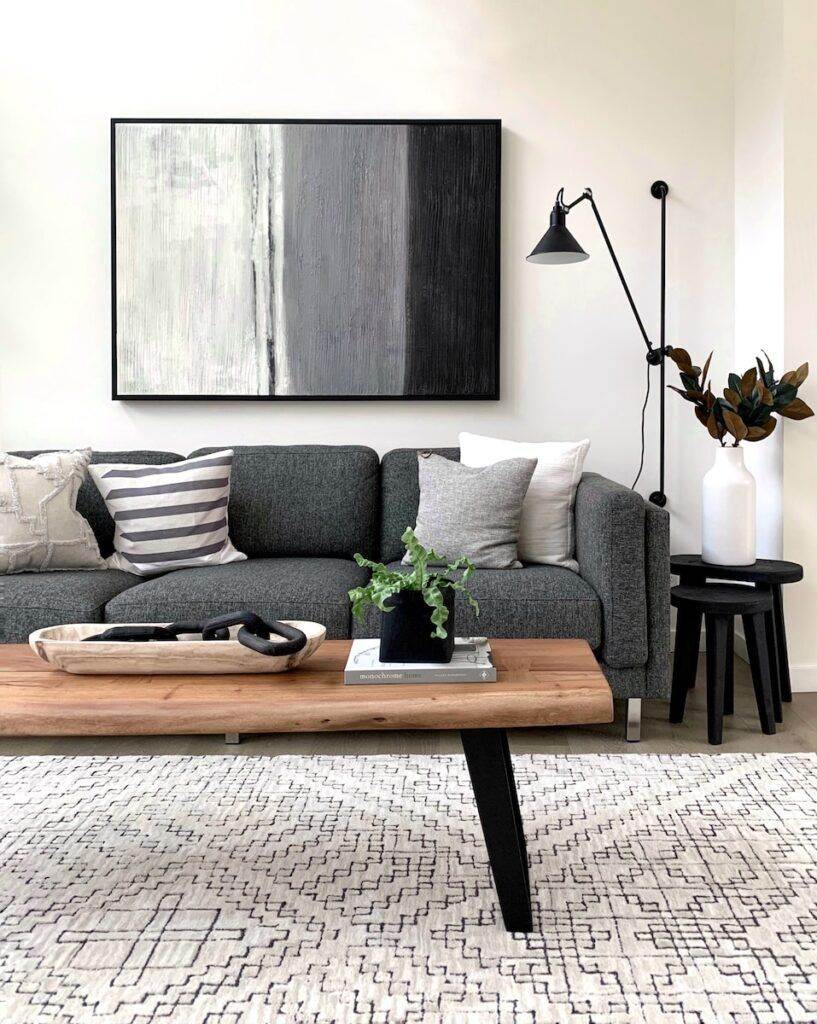
Whether you are drawn to the clean lines of Nordic furniture or the cozy textures of hygge decor, there is no denying that Scandinavian design has something to offer for everyone. So why not embrace this trend and start incorporating some Scandi-inspired pieces into your own home? With its emphasis on natural materials, neutral color palettes, and understated elegance, Scandinavian design is sure to help you create a space that feels both welcoming and stylish.
Last Updated on May 9, 2023
